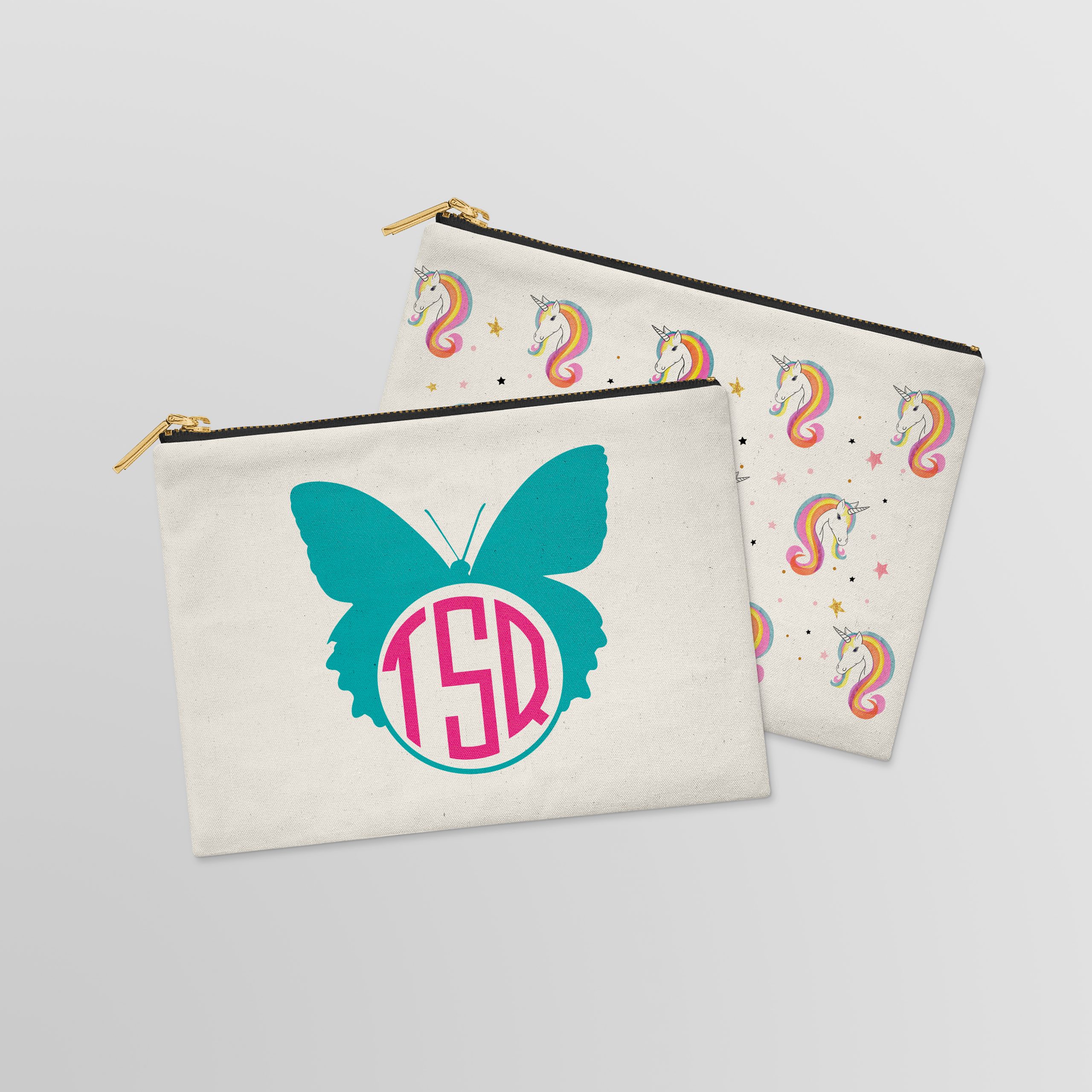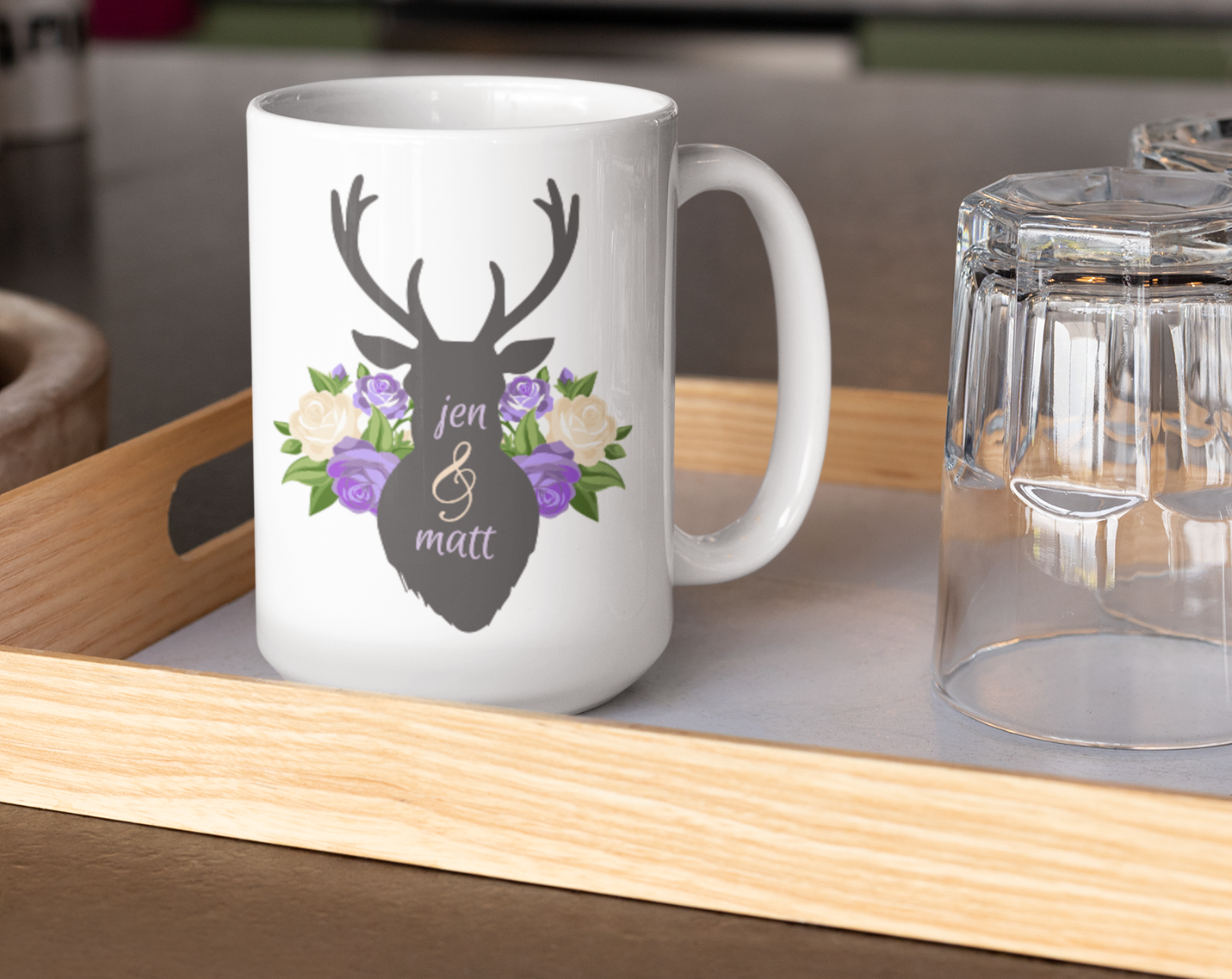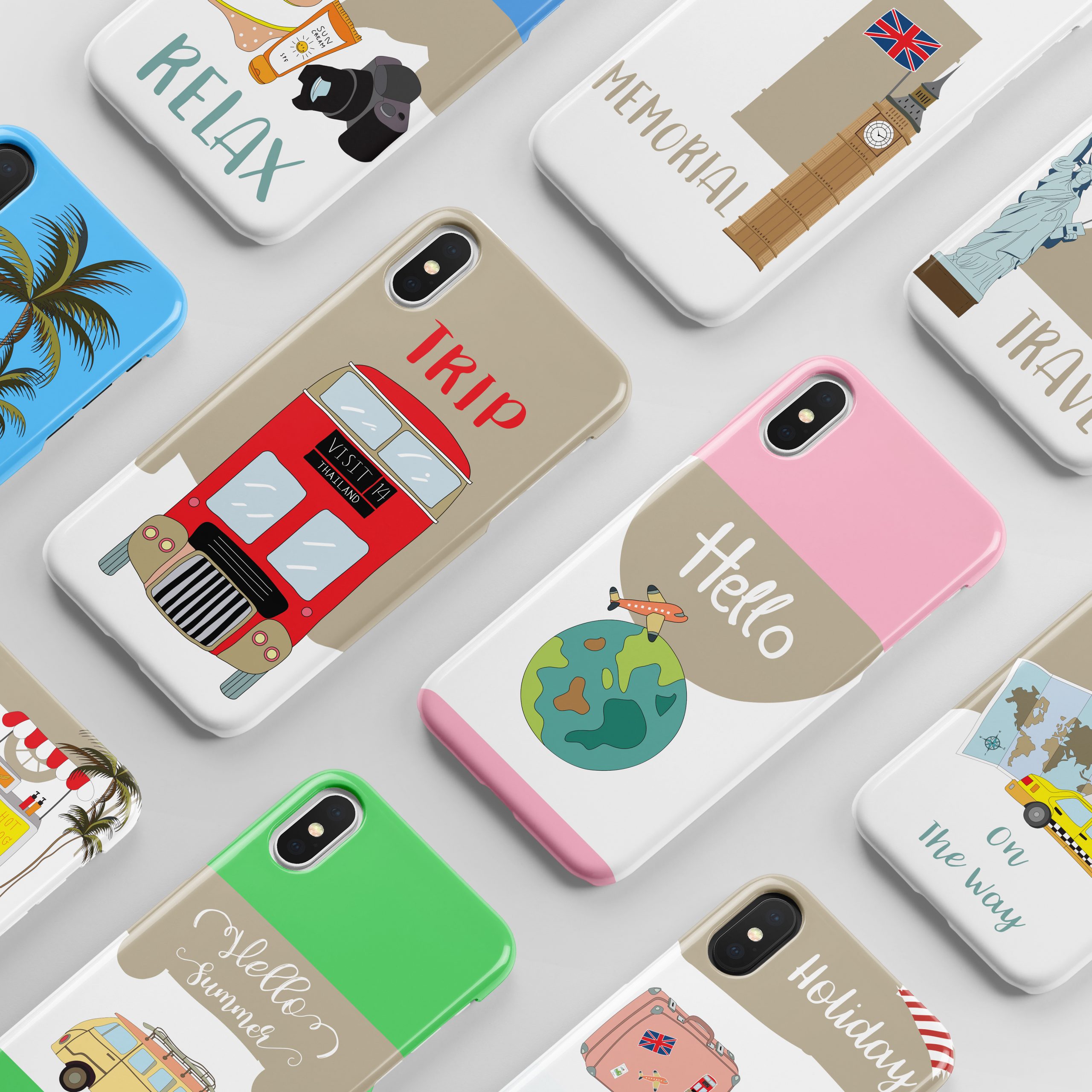Know What to Charge: Sublimation Pricing Pointers
In this feature, Jimmy Lamb of Sawgrass goes into detail about pricing sublimated products.
In the world of sublimation, pricing is a challenging subject; there is no simple solution to building an accurate pricing system that guarantees a profitable pricing structure. Each business has its own unique costs and operational characteristics that must be taken into consideration. In addition, each market has a different take on what constitutes a fair price.
In reality, pricing is based more on perception of value on the part of the customer than anything else. Thus, marketing plays a huge part when it comes to setting and sticking with your prices. It’s a variable that cannot be easily calculated in a mathematical formula.
You can only begin planning pricing once you know what it costs to actually produce a sublimated product in your own business. It’s an involved process, as you have to look at your total operational costs and compare them against your production efficiency to see what it really costs to deliver high-quality products.

With sublimation, what goes on the product usually has a greater impact on margin than what the product itself is.
Projected Costs
The first step is to identify and calculate all of the projected costs for operating your business for one year. Keep in mind that some costs are fixed, while others may change as your business grows. Thus, you should put everything in a spreadsheet that can be easily updated as your business changes. Also, costs such as merchandise for resale will be recovered in the sales process, so don’t include those here. In addition, include your desired paycheck.
The final result will be the total estimated amount that you need to pay all of your yearly bills plus your paycheck. Always keep in mind that there will be some unexpected costs and fluctuations in some of your costs, so don’t assume this number is carved in stone.
This initial assessment phase will give you an approximate figure for the annual cost of operation. Suppose that number was $57,600. What does that tell you? Pretty much nothing at all, so you need to break this number down into something that is easier to deal with.
Decide how many weeks you plan to operate your business per year. Most people go with 48 initially, as this equals two weeks of vacation and 10 business holidays. Divide $57,600 by 48 and you come up with $1,200, which is your weekly cost of operation.
Said another way, you need to bring in at least this amount of money in net dollars each week, 48 weeks per year, in order to reach your yearly number. Divide this number by five to see what the daily figure is ($240) and by 40 to determine the hourly figure ($30). The cost per minute works out to $0.50.
You can now see realistically what it costs to run your business on a daily basis. This information will make it easier to track the performance as well, because you essentially have a series of production goals that must be met in order to generate the required amount of annual revenue needed to pay the bills and yourself.

The most important aspect of generating decent margins is simply knowing the market. Understand the needs of your customers, then look for unique products that can fulfill those needs.
Production Processes
Once you have usable operating cost figures, it’s time to compare them against your “logical” production capabilities in order to see what it really costs to generate sublimated images. For simplicity, assume that it takes 30 seconds to print, 30 seconds to prepare the substrate for pressing, and 60 seconds to press the item. That works out to two minutes. In theory, you have a maximum output potential of 30 pieces per hour.
If your hourly cost of operation is $30 and your potential maximum production is 30 pieces per hour, then a quick bit of math reveals your production cost per item is $1. That includes ink, paper, labor, insurance, utilities, etc. In fact, the only thing it doesn’t include is the cost of the substrate and of course a sizable markup.
So far, these numbers assume you are running your equipment non-stop all day long, but that will not be the case.
With every job you have three phases: pre-production, true production, and post-production. Only the true production time generates revenue. The other two phases cost money by comparison but are a necessary evil. For example, say you have to produce 12 plaques, each taking about two minutes to print and press for a total production time of 24 minutes.
However, you need to do some logo work, which takes another 15 minutes. And at the end of the production cycle, you need to wrap and box the plaques, something that will take about 15 minutes. The total job time is 42 minutes. At a per minute cost of $0.50, each plaque costs $2.50 to produce.
An interesting point is that regardless of how many pieces are in a job, the pre-production and post-production times tend to remain pretty much the same (the money losers). True production on the other hand (the money maker) increases with more pieces.
Using the same example as above, assume that the job had 24 plaques instead of 12. Pre-production is still 15 minutes, and post-production is still 15 minutes. True production increases to 48 minutes (24 pieces X two minutes each). Total production time is now 78 minutes, with the cost per piece dropping to $1.63 to produce (78 X $0.50).
Though this is a simplistic example, it shows that when you produce larger quantities, the production cost per piece drops due to your increased efficiency. Thus, you can offer discounts when customers place larger orders. In many cases, you can also produce more than one piece during a single production cycle depending on the size of the item.
For example, if you are sublimating coasters, you can usually print out five images on one sheet of 8 1/2-by-11-inch paper and press five coasters at once as a result. Thus, you are producing five items per cycle instead of one. And, with a typical production cycle of about two minutes, you can deliver a large number of pieces per hour.
But of course these are just numbers on paper. You really have to analyze the production process when working on generating baseline costs and then translate that into volume discounts. However, if you take the time to play with numbers and variables, you can start to generate some pretty decent base figures for pricing.

With every job, you have three phases: pre-production, true production, and post-production. Only the true production time generates revenue. Regardless of how many pieces are in a job, the pre-production and post-production times tend to remain pretty much the same. True production, on the other hand, increases with more pieces.
Markups and Perceived Value
What about markups? Marketplace perception has a huge impact on selling price. An item is only worth what someone is willing to pay for it. In fact, with sublimation, what goes on the product usually has a greater impact on margin than what the product itself is. That’s because of the emotional connection, what we can call the “emotional margin.” When a customer gets a positive inner feeling from the item (usually the visual aspect), they feel like it has a higher value. Thus, you must make every effort to produce images that feed this need.


Any time you personalize a product, whether it’s a monogram or names, it ups the perceived value, allowing you to price the item higher.
Personalized products are a great example, especially when they include a photograph of a family member or pet. Personalization is a powerful marketing word, as it implies the item was made specifically for the recipient.
On the other hand, in the case of promotional products, the emotional connection is low, thus the perceived value is also quite low, making it harder to generate large markups. It can be done if you understand how to “spin” the product the right way but can be challenging.
The most important aspect of generating decent margins is simply knowing the market. Understand the needs of your customers, then look for unique products that can fulfill those needs. A good marketing plan will go a long way in increasing the perceived value of a product within a given marketplace and translate into higher margins.
Don’t make the mistake of using 100% markups – shoot higher! With the right products and pitches, you can make it happen.
